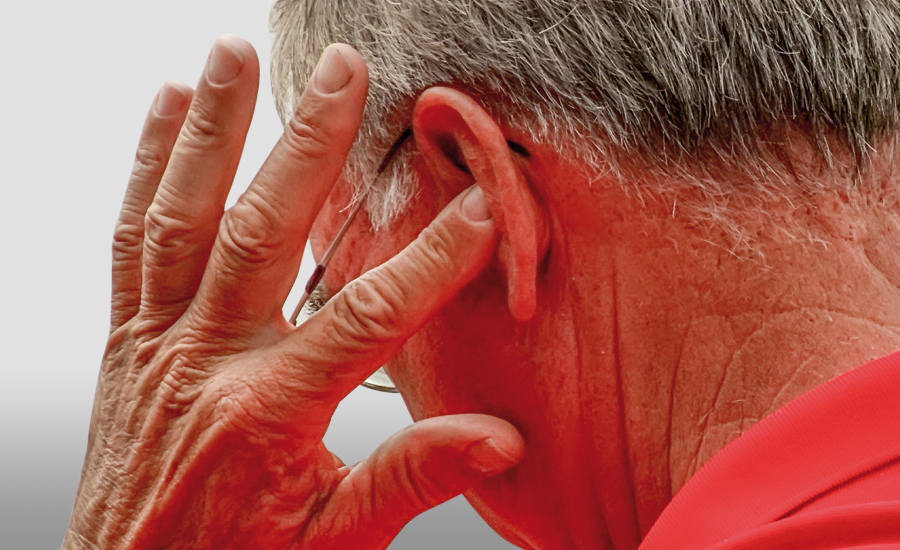Everything you need to know about ear wax
A naturally occurring substance within the ear, ear wax (or Cerumen – as it’s scientifically named) is a primary part of all human ears.
What is Ear Wax?
Ear wax can commonly be mistaken for being unclean but it’s quite the opposite. Ear wax has the important function of keeping our ears clean – filtering out dust, and other substances such as shampoo – so that our inner ears are protected from infection.
Skin inside the ear is different from any other part of our body. Because of the anatomy of an ear canal, the removal of dead skin cells can be difficult – that’s where the self-cleaning properties of ear wax come in.
For some people, the way in which their ear wax works becomes disrupted, causing it to get trapped somewhere along the ear canal. For many, this is due to the anatomy of the ear canal.
In other instances, the introduction of a foreign body in the canal can cause disruption to the flow of ear wax.
Using cotton buds to “clean” the ears can cause ear wax to become impacted on the canal walls. When the ear creates more wax, the blockage slowly builds.
A build-up of ear wax can be uncomfortable but it is also associated with a loss of hearing and, on occasion, Tinnitus (a ringing or buzzing in your head that doesn’t come from an outside source).
There are many high street remedies for softening ear wax in order to encourage the natural migration of wax from the canal.
If you’ve tried these remedies with little alleviation, it’s best to seek out a hearing professional as soon as you can to get the ear wax removed and your hearing health back to normal again.
How to clean your ears effectively.
It’s easy to think that using a cotton bud to clean both the internal and external parts of the ear is the right way to take care of them.
If you use cotton buds to clean the inside of your ears, there is an increased risk that you can cause damage to the canal or eardrum.
This damage can cause an infection or a perforated eardrum which can lead to discomfort or, in some cases, a hearing loss.
Making sure to not insert any foreign objects into your ears is a good way to prevent damage and to not disturb the naturally occurring cleaning environment within the ear.
So how can you effectively clean your ears without the use of a cotton bud?
Using a damp flannel to wash the external part of your ear (the part which you and other people can see) will keep your ears clean and healthy without causing any damage.
What to do if you have an ear wax build-up.
If you’ve tried home remedies to remove wax with little success, seeking out professional help can be really beneficial.
Whether you choose to go to your GP or a specialist, your ears will be in safe hands.
In most cases of excessive ear wax, ear irrigation will be recommended. Ear irrigation is a process that cleans out your ears, including any blocked wax.
What happens during an ear wax removal session?
Ear irrigation, or syringing, involves using a pressurised water flow to remove an ear wax build-up and restore any hearing that may have been lost.
The hearing professional may look inside your ear several times to check for more blockages and repeat the steps as needed.
Although irrigation is painless, there can be some discomfort when the flow of water is entering the ear.
If irrigation is unsuccessful, it is possible that your GP will refer you to an Ear, Nose and Throat (ENT) specialist for further investigation.
Latest posts by Sally - Silversurfer's Editor (see all)
- Different ways to access your pension pot - May 3, 2024
- How to find your perfect walking holiday - May 1, 2024
- Introducing MyWay, your health partner, empowering your health journey - May 1, 2024
- The most important change to make to your diet after 50 - May 1, 2024
- Win a Power XL Grill Air Fryer Combo! - May 1, 2024





















